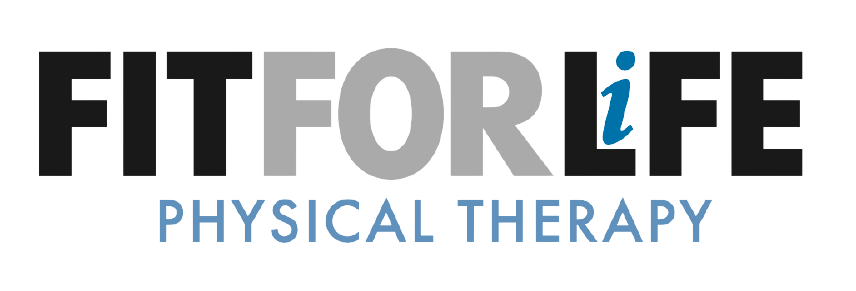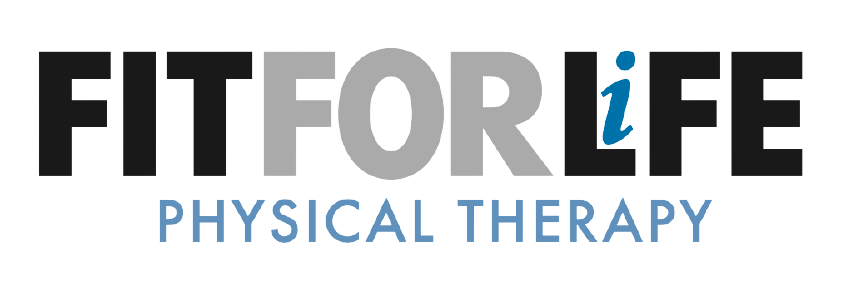Why You Should Take Your Easy Days Easy: The 80/20 Rule
Fit For Life Physical Therapy
Whether you’re training for a half marathon, marathon, or just running and walking for general fitness, there’s one golden rule that separates healthy, progressing runners from burned-out, injured ones: take your easy days easy.
Back in my college running days, I made the classic mistake of pushing every run, thinking harder always meant better. I rarely gave my body the recovery it needed, and as a result, I dealt with frequent injuries that held me back. Since then, with more experience and maturity, I’ve learned to respect the role of easy running. Embracing this principle has been a major factor in helping me complete four marathon training cycles injury free (knock on wood!).
It sounds simple but it is one of the hardest lessons for runners to learn. Here's why it's so important and why the 80/20 rule of training (80% easy, 20% hard) is a smart approach to long term performance and health.
What Is an "easy day"?
An easy run should feel comfortable: conversational pace, low heart rate, and no need to push. It’s not about pace or Strava segments- it’s about effort. If you can chat with a friend or sing along to your playlist, you’re probably in the right zone.
The 80/20 Rule: A smarter way to train
The 80/20 principle, made popular by running coaches and exercise physiologists like Dr. Stephen Seiler and Matt Fitzgerald, suggests that 80% of your weekly running volume should be at an easy, aerobic pace and only 20% should be at a harder effort (tempo runs, intervals, races, etc.).
This ratio isn't just theory—it’s how elite endurance athletes train across the world. But it’s just as important for recreational runners who want to improve while staying injury free.
How slow should an easy day be?
A good rule of thumb is to run your easy days at least 60 to 90 seconds per mile slower than your current 5K or 10K race pace or 1 to 2 minutes slower per mile than your goal marathon pace. If you're training by heart rate, aim for 60–75% of your max heart rate during easy runs.
It’s common for elite runners, who race at sub-6-minute miles, to run easy miles in the 7:30–9:00 range. The slower pace allows for active recovery, enhanced aerobic adaptation, and lower musculoskeletal stress, all while accumulating valuable mileage.
Going too fast on easy days doesn’t make your hard days more effective; it just makes everything feel moderately hard and that’s a recipe for fatigue and increased risk of injury.
Why easy days matter
Aerobic development happens at easier paces
Running easy allows your body to build a strong aerobic base—this is your engine. You strengthen your heart, improve mitochondrial density (energy powerhouses in your cells), and build capillaries to deliver oxygen to muscles more efficiently. This is the foundation for endurance.Hard days only work if you’re recovered
If you push the pace every day, your body never gets the chance to fully recover. That means your hard workouts will suffer. Easy days allow you to come into your quality sessions fresh so you can run faster, more efficiently, and get more out of the work.Reduced injury risk
Running puts repetitive stress on the body. Overdoing it with too many moderate or hard runs leads to fatigue, breakdown, and overuse injuries. Easy runs give your joints, tendons, and muscles the chance to recover while still logging mileage.Hormonal balance and mental burnout
High intensity training all the time spikes cortisol and stress. Over time, that leads to hormonal imbalances, disrupted sleep, and mood swings. Easy running keeps stress in check and preserves your joy in the sport.
But what if I feel like I’m not working hard enough?
This is the trap many runners fall into—believing every run needs to feel “productive.” But progress comes from consistency, not constantly pushing the pace. Easy runs are not junk miles. They are essential miles. They keep your training sustainable so you can actually improve over weeks, months, and years.
Tips for embracing easy running
Ditch the watch pace goals on easy days. Go by feel or heart rate.
Run with someone slower or alone if it helps you keep the pace relaxed.
Remind yourself of the purpose of the run. If it’s an easy day, treat it as recovery.
Watch your weekly intensity. One or two quality sessions a week is plenty for most runners.
Final thoughts
Slowing down to get faster may seem counterintuitive but it works. Running easy builds the foundation for endurance, helps you recover, and reduces the risk of injury and burnout. Embrace the 80/20 rule, stay consistent, and you’ll find yourself stronger, healthier, and faster in the long run.
If you’re dealing with an injury, recovering from a setback, or simply want to optimize your training while minimizing pain and risk, Fit for Life Physical Therapy is here to help. Our expert therapists specialize in personalized rehabilitation for runners of all levels. Whether you need targeted treatment to heal an injury, guidance on proper training techniques, or support with recovery strategies, we provide evidence-based care to get you back on track safely and stronger than before. Remember, taking your easy days easy and listening to your body is vital—but having a knowledgeable partner in your corner makes all the difference. Reach out to Fit for Life Physical Therapy to learn how we can help you run smarter, stay healthy, and achieve your goals.
Please visit our website https://www.fitforlifephysicaltherapy.com/, email us at info@fitforlifephysicaltherapy.com, or call or text us at any of the phone numbers for our three convenient locations inside Fleet Feet stores:
Polaris: 1270 East Powell Road Lewis Center, Ohio 43035 ~ 614-981-2065
Upper Arlington: 1344 West Lane Avenue, Columbus, Ohio 43221 ~ 614-981-1979
New Albany: 5792 North Hamilton Road, Columbus, Ohio 43230 ~ 614-581-7441

